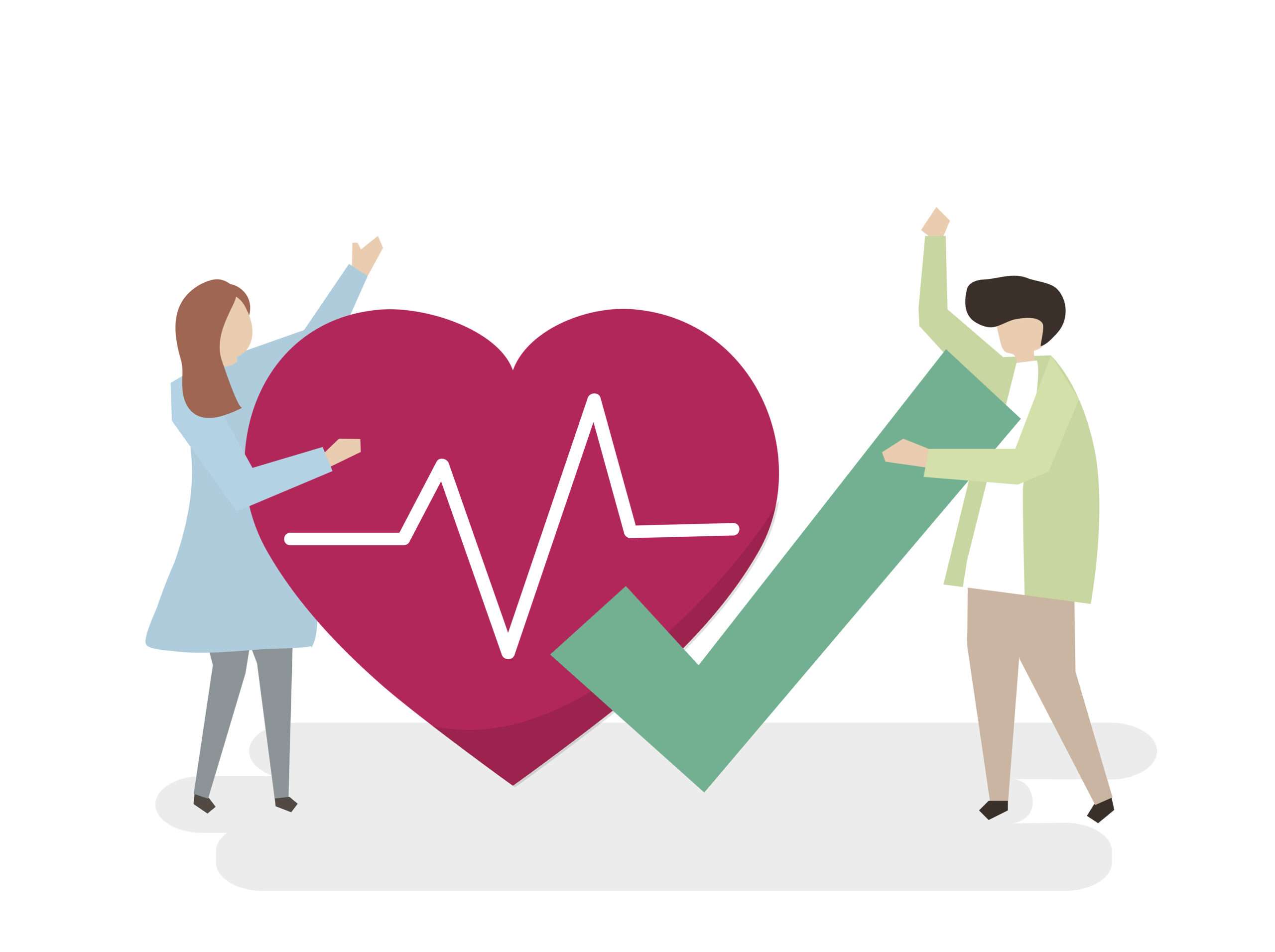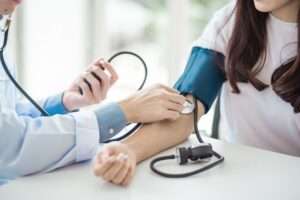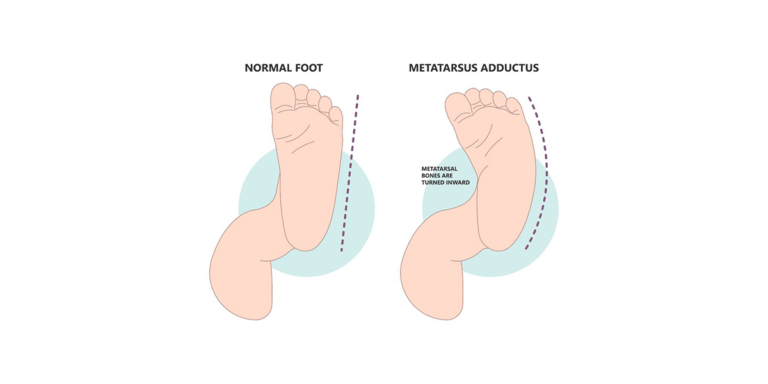What are vital signs?
- Dr Owais Rafiq
- August 14, 2024
- 9:29 am

Vital signs of an individual are just some of the indications to good health. These include the pulse, ideal temperature, and blood pressure. These numbers are what would constitute the essential indicators of how well the body is functioning normally. Observation of the vital signs such as blood pressure, heart rate, temperature, and respiratory rate is the automatic procedure which helps to perceive even the initial signs of any coming health problems and quickly starts relevant preventive measures. This article will outline the significance of vital signs and give you a basic each of a normal range and how to take the readings the right way.
Blood Pressure, one of the crucial vital signs:

- The blood pressure correspondingly shows the force at which blood cells in the artery walls circulate.
- It is represented by two numbers: Systolic pressure (top one) and diastolic pressure (low one).
- Healthy adults should possess 120/80 mmHg as their blood pressure.
- Raised blood pressure (hypertension) leads to a wave of heart disease, stroke, and other health problems.
- Long-term low blood pressure (hypotension) can result in feelings of dizziness or blackouts.
- Periodic blood pressure check is one of the diagnostic tools used in the cardiovascular system. Abnormal blood pressure can contribute to various health conditions: Inadequate blood pressure may lead to several diseases associated with their own health conditions.
1. Atherosclerosis: Plaque deposited on inner core of arteries, resulting in them getting harder.
2. Heart failure: Blood that is pumped from the heart may be insufficient in volume and therefore unable to fully support the body.
3. Stroke: Clumping of blood supply to the brain.
Heart Rate:
The human heart rate means the number of heartbeats in each minute. People have resting heart rates in regular order, which normally is about 60-100 beats per minute.
Heart rate being always high (tachycardia) or very low (bradycardia), may be a sign of heart unhealthiness. This requires medical attention. Monitoring your exercise frequency and the routine that you follow, will keep your heartbeat normal and on-going.
Some of the variables that can change the normal heart may include

- painful emotions or memories of certain incidents that may speed up the pulse or heart rate.
- Exercise or even being physically active results in a situation whereby the heart rate rises.
- Being under stress and strong feelings can raise your heart rate.
- Caffeinated drinks and nicotine also increase the heart rate, realistically in the short term.
- The particular kinds of disorder are known to cause deviation in the resting heart rate, including
- Infections
- Dehydration
- Stress
- Anxiety
- certain thyroid disorders
- anemia
- shock
- specific kinds of medications, in particular beta-blockers and digoxin
Respiratory Rate:
Respiratory rate can be defined as the number of breaths a person takes in a one-minute span. It is one of the most basic and essential criteria for detecting the human health status. It creates a significant picture of a person’s current state of health. Under normal circumstances, an adult in a relaxed state usually maintains at least 12 and no more than 20 breaths per minute. The respiration rate may increase with exercise or diseases like virus, infection, fever or chronic health problems. This also happens with some medicines or diseases such as sleep apnea that influence the amount of oxygen. Sometimes, the respiratory rate is also used for diagnosing the respiratory and cardiovascular conditions, and it may be necessary to keep track of the disease progression. Changes in the rate of your breaths outside the normal rate can be a symptom of a serious underlying health problem that must be properly ascertained and treated.
When do you breathe quickly and what specific situations can alter your normal breathing pattern?
- When we are running or mentally stimulated such as in anxious, stressful or emotionally intense moments, an increase in the rate of respiration becomes a common event.
- Breathlessness is one of the earliest signs of respiratory diseases.
- One of the forms of manifestation is infections, which can result in an increasing respiration rate.
- Certain medications.
- The process of breathing may be more intensive at high altitudes, in areas with hot or cold temperatures, or under conditions of poor air quality.
Temperature

The body temperature which is a reflection of the heat which is generated and carried off in an orderly manner within the human determines the health of an individual. A healthy adult’s average body temperature is pretty accurate, 97.8°F to 99.1°F (36.5°C to 37.3°C. Despite this, still many individual variations might be observed.
Fever as any temperature over 100 degrees Celsius is a common condition that is faced by many people throughout the world. It is commonly 100.4°F or 38°C brought about by the presence of an infection or inflammation. On one hand, a low temperature (hypothermia) means a sign of a serious illness, on the other hand, a fever is an indication of a serious problem.
Speaking about temperature, what impact it has on temperature regulation and how could you keep it in check using strategies such as avoidance of heat and exposure to it?
Factors that can affect your body temperature include:
- Exercise.
- Heating or cooling of the beverages and foods by phenomena.
- Strong emotions.
Monitoring life-saving indicators is one most captivating part of the personal health assessment and early detection of diseases. With the series monitoring of the blood pressure, heart rate, respiratory rate and temperature, the patients are now able to be aware in advance of these signs. Take into account that monitoring vital signs alone in and by itself is not the only parameter to watch out for, other important clinical evidence still is equally as important. Take charge of your body.
| Vital Sign | Normal Range |
| Body Temperature | 97.8°F to 99.1°F (36.5°C to 37.3°C) |
| Blood Pressure | 90/60 mmHg to 120/80 mmHg |
| Pulse (Heart Rate) | 60 to100 beats per minute |
| Respiratory Rate | 12 to18 breaths per minute |
Dr Owais Rafiq
Subscribe to Dr Owais YouTube channel
For parenting advice, child health, symptoms, causes and treatment of illness in children.





